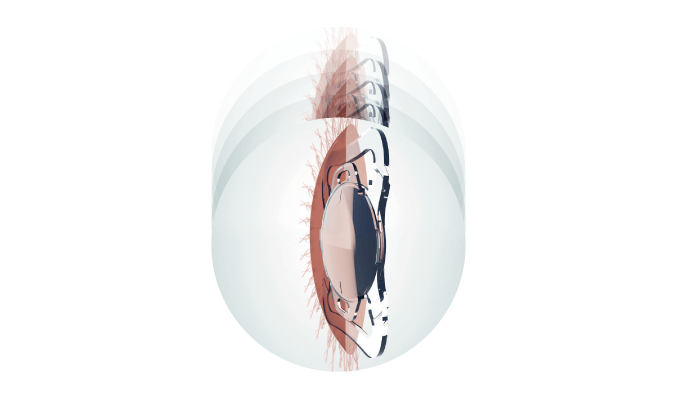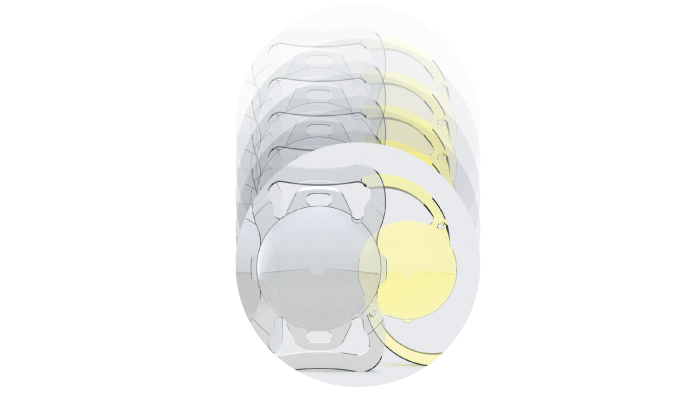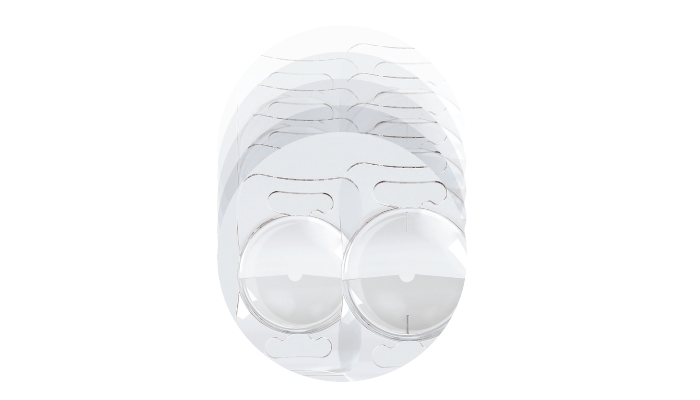
I’m a metropolitan ophthalmologist in private practice and I specialize in cataract surgery. I mostly see older patients – some on the verge of retirement, some more elderly. Despite their age, most of my patients enjoy a very active outdoor lifestyle throughout the year, because winters here are very mild. Golf courses and beaches are used 12 months a year, and it’s common for retirees to own a caravan and spend many months on the road. These active older patients like to enjoy their activities as free of spectacles as possible, but they also want to be able to drive at night with no issues.
As soon as the Teleon portfolio of IOLs with the LENTIS, FEMTIS and Acunex brands became available in Australia, the lenses were adopted in my practice and I decided to try them myself. I have been using them continuously ever since. I started by implanting more of Teleon’s customized toric IOLs, but I have come to favor the LENTIS COMFORT MF15 platform, which I use for a significant percentage of my patients. My experience with the whole portfolio of Teleon’s COMFORT lenses is extremely positive and I find the term “lifestyle lenses” perfectly applicable to these IOLs.

A wide range of vision for patients
Teleon’s EDoF lenses give my patients a really great range of functional vision, especially when implanted bilaterally. In general, these patients have no issues reading price tags in a supermarket or the menu in a restaurant unaided, and some are able to obtain much more near vision than I expected. In my experience, these IOLs are very forgiving, so I can use less strict criteria for patient selection than with other lenses, such as diffractive optic ones (for instance, I have successfully implanted Teleon’s EDoF IOLs in patients with some dry eye disease or mild macular degeneration). This means that I can offer these IOLs to a much wider range of patients.
The rate of troublesome visual symptoms, such as photic phenomena, is extremely low. Being able to give patients a great range of vision, with only some near correction potentially needed and without having to worry about dysphotopsia, halo or glare, is a brilliant position to be in for a cataract and refractive surgeon.

A wide range of choices for surgeons
It is useful to have a wide variety of choices available within one portfolio, especially if you want to employ a blended vision strategy by using different lenses for the dominant and nondominant eye. Different patients have different needs – some demographics have to be able to read more intricate alphabets, for instance – and it’s great that surgeons can meet various demands with the same lens portfolio. It shows a lot of innovation and ingenuity from the company that they provide such varied options.
In terms of the procedure itself, the push injector system with a controlled release from Teleon is my favorite; it slips through my 2.2 mm incision really easily. It is a very smooth delivery without the need to increase the size of the wound. When I first started to use Teleon’s COMFORT lenses a few years ago, I found it very helpful to use a button/ mushroom dialer. For challenging cases –where pupils are smaller or the cornea has some opacity – it’s also important to make sure the lens is in the capsular bag due to the size of the haptics. Overall, learning to use this surgical EDoF portfolio is very quick and smooth.
Every ophthalmic surgeon can get a sense of how satisfied their patients are after procedures. Word-of-mouth recommendations are usually the best indication of how well the lenses are performing and I can tell you – I have a very busy practice!

